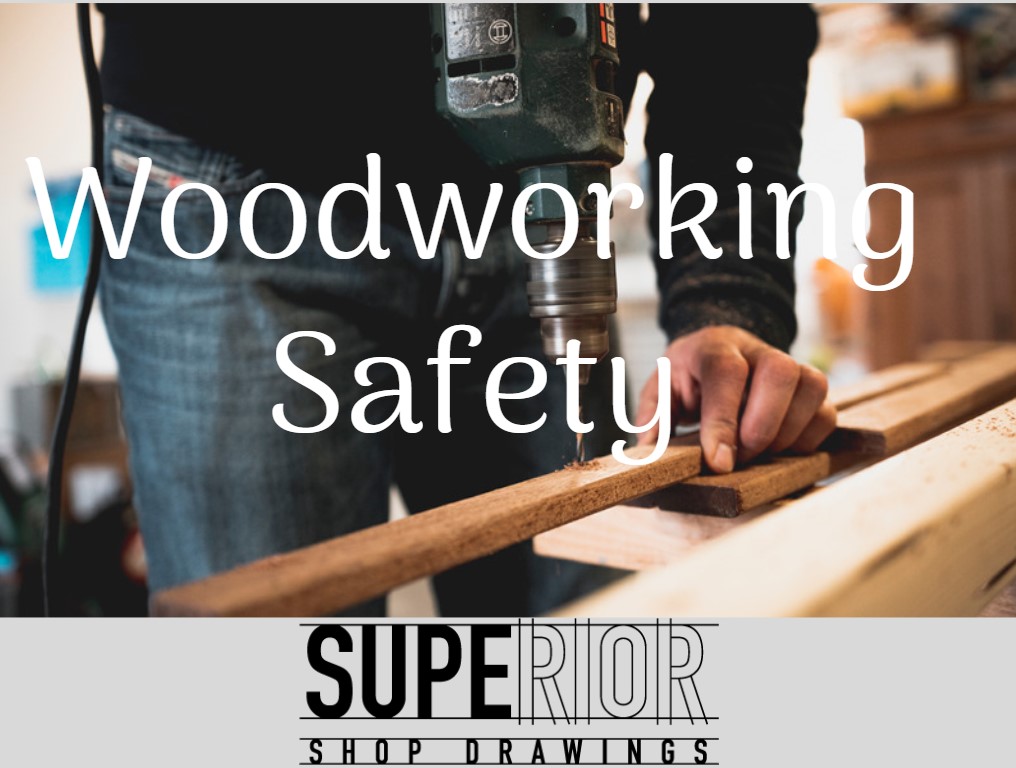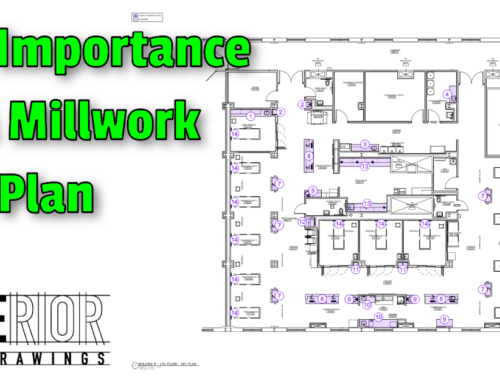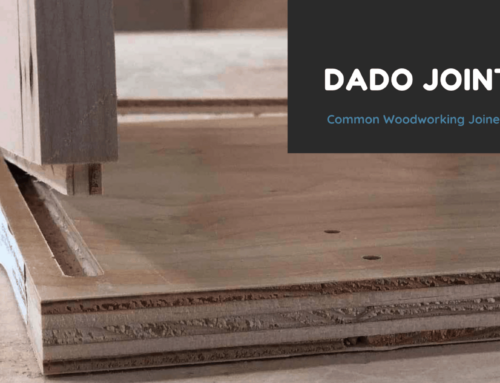If you have been following along on our blog and social media pages, you will see that we have been posting free woodworking plans that anyone can use to make beautiful pieces of DIY furniture. It is a way to give back and say thank you to not only our customers, new & old, but also to our fellow woodworkers who have a love for building things with their hands. With that being said, I thought it was important to go over the top 10 safety measures for woodworkers. Woodworking is an enjoyable hobby and is one of the safest hobbies to partake in as long as the proper precautions are being utilized. The workshop is not an area to be careless. Utilizing the correct safety measures will make your woodworking projects more enjoyable! Let’s take a look at some of the simple ways to prevent injuries while in your workshop.
1. Safety Equipment

Keeping yourself safe while you are in your workshop should be the number one priority. Although this seems like a no-brainer, I am sure many are guilty of quickly doing something in your woodshop, whether it be a quick cut or sanding without putting on a pair of safety glasses. The implications of not using proper eyewear could be extremely detrimental. Ear protection is also a good idea to have when you are using loud power tools. OSHA recommends that anything over 85 dBA (decibels) can be detrimental to your eardrums. Tools such as a table saw, radial saws and router tables register at over 100 dBAs. Anything over 100 dBA, you should be using protective ear protection to avoid damage. It is also equally important to use protective gloves when you are working with finishes for your projects.
2. Wear the Right Clothes

It is important to make sure you are not wearing loose or baggy clothes when you are in your woodshop. Wearing clothes that are too loose can run the risk of the clothing getting caught in your equipment. You should also make you are wearing appropriate clothing to prevent being hit with flying wood chips. Before entering your workshop, it is important to remove your jewelry. Necklaces, bracelets, and even rings can get caught in machines and could do irreversible damage.
3. Keep your Work Area Clean

Although this is common sense, a clean workshop is extremely important. Having items laying on the floor is a tripping hazard. If you have pieces of wood laying around they can really just get in the way. It is also important to make sure you are vacuuming up your sawdust. Wood dust is known as a human carcinogen and can cause allergic respiratory symptoms. It is also a fire hazard so it is important to clean up the sawdust every time you are done with your project.
4. Minimize Extension Cords/ Disconnect Power

An ideal workshop has overhead wiring to prevent the use of wires from being all over the floor. Wires all over the floor is a potential tripping hazard. For those that do not have that in their workshop, it is important to use one heavy-duty extension cord for your tools. This will help you become cognizant of unplugging your tools as you finish using them. Keeping your tools unplugged can not only prevent fires but also will stop unnecessary electricity from being drawn to tools that you are not using.
5. Inspect Material

When you are working with wood, it is important to make sure you are inspecting your material before using it, especially when you are cutting it. Imperfections can cause the wood to get stuck or kick back which could cause injury. Make sure you are checking for bolts, screws, staples, nails, and other debris. Not only could these pieces cause injury, but these items can also cause damage to your blades.
6. Keep Blades and Bits Maintained

It seems obvious that working with dull blades can be extremely dangerous. Using a dull blade can cause kickback or can bind. Dull blades can also cause your tools to overheat and could potentially damage the tool. Having your tools well oiled and inspecting them for broken pieces is also important. You should be checking your blades as well as your bits each time you are getting ready to work on a project. This will also ensure you have cleaner cuts.
7. Handling Tools Properly

The majority of power tools are built to be used in one direction. Tools are designed so that wood moves through the tool. Your tools should cut against the motion and not with it. Equally important is making sure you don’t reach over your blade. Even if you have completed a cut and your cutter has stopped, tools can be accidentally bumped or even malfunction. Instead of reaching over your tool, use a piece of scrap wood to remove access wood off of your working area.
8. Read your Owner’s Manual

We are all guilty of buying a new tool and rather than reading the instructions, we dive right into using it. Without a good understanding of how a tool operates, you could have an accident. Getting a good understanding of how the tool functions and what it can do is a vital step in any project. For those who do not like to read manuals, you can hop online. There are a plethora of videos one can watch to get a better understanding of how a tool operates.
9. Avoid Impairment

Using substances whether it be alcohol, drugs, or even some prescriptions while woodworking is an accident waiting to happen. It may seem harmless to grab a beer or two and head to your workshop but being impaired while operating any tool in your workshop is a dangerous mix.
10. Minimize distractions

With so many woodworkers, they are a part of their shop and woodworking just happens. It is important to merge your actions with your awareness. If you have your phone in your workshop, don’t answer a call or a text mid-cut. Take the time to finish your cut before you grab your phone. The tools you use in a workshop require your full attention when using them.
Woodworking can be one of the most enjoyable hobbies and if done correctly, can be one of the safest too. Anyone who has ever built something with their bare hands surely understands the sense of accomplishment you get from seeing your finished project! Using woodworking plans and tailoring the plans to make it your own is half of the fun. Just make sure you are safe in doing so. Stayed tuned next week when I talk about the Importance of Shop Drawings.
- The benefits of an organized kitchen - July 6, 2020
- Popular Kitchen Cabinet Colors of 2020 - July 3, 2020
- The History of Kitchen Cabinets - June 29, 2020





